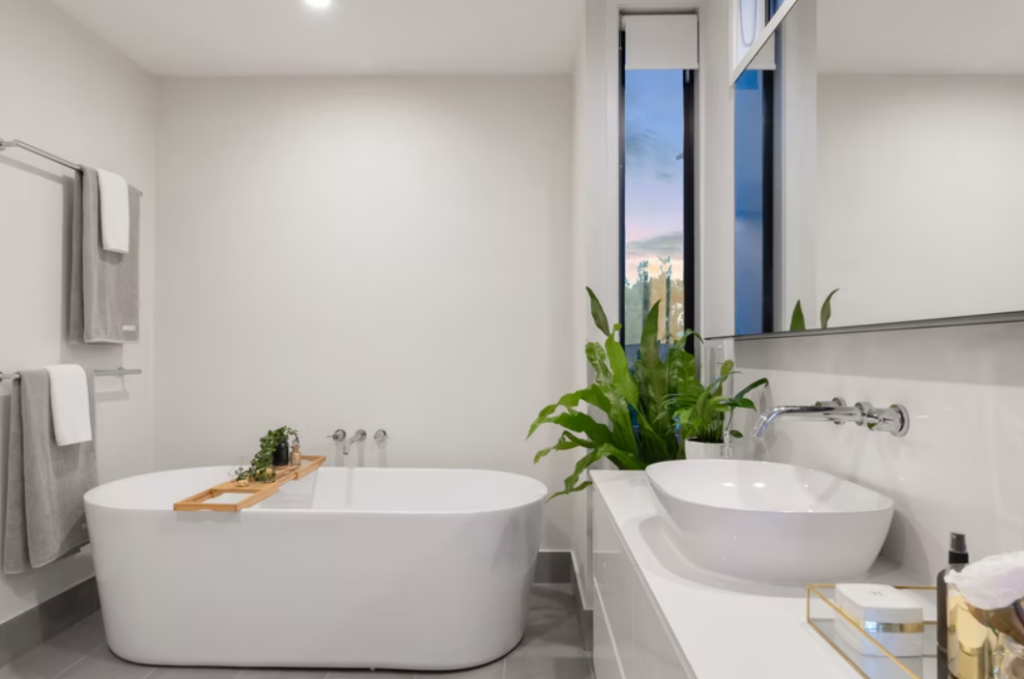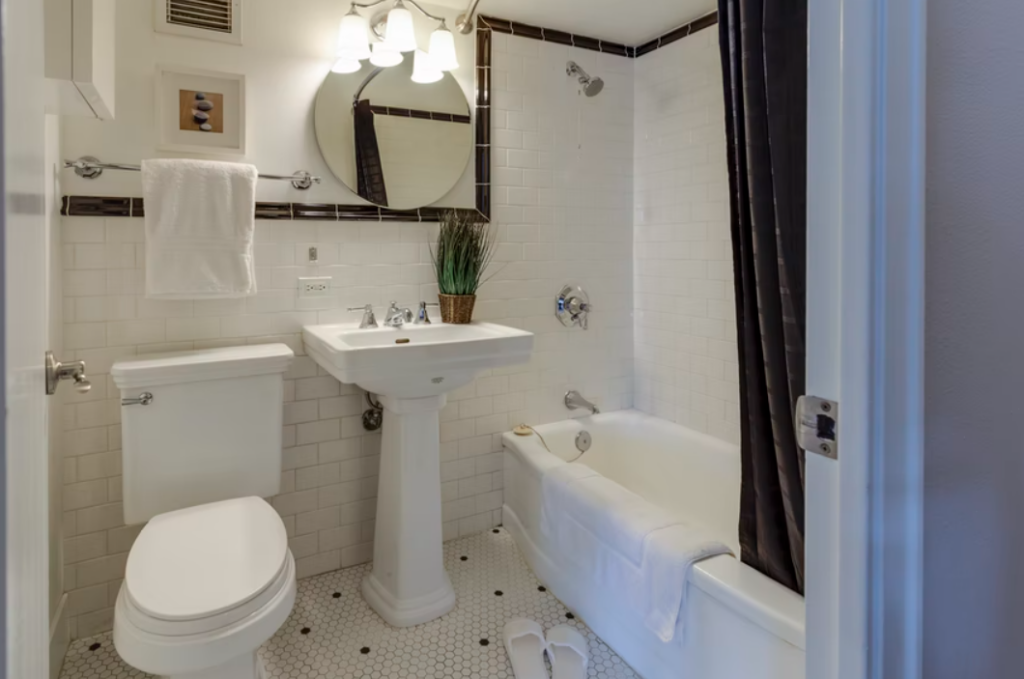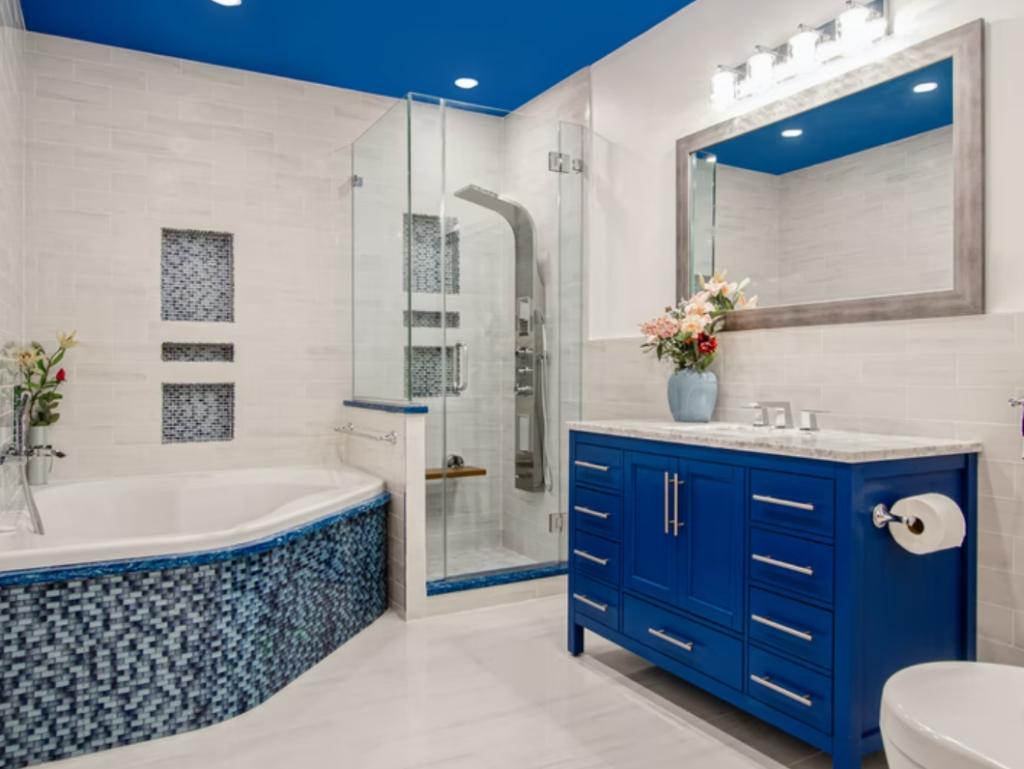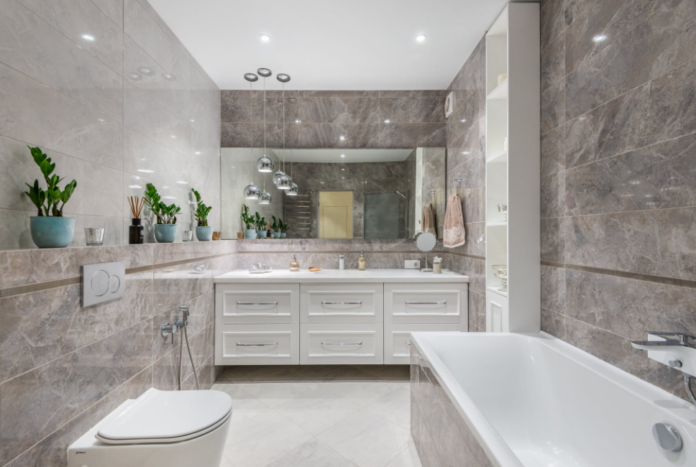The bathroom is one of the most important rooms in the house. It’s important for any type of hygiene maintenance but it can also pose a lot of issues to people with disabilities and the elderly. The slew of potentially hazardous or troublesome bits of design of a bathroom makes it a lot less accessible. However, we can resolve this and enhance its accessibility through some useful tips.
1. Adapt the doors and the threshold

The doors of your bathroom should be wide enough for walkers and wheelchairs to make it in. This is a frequent issue for people who have mobility issues as doors are regularly not made to accommodate the additional equipment. By immediately setting up your doors to be wider, you’ll help anybody who needs added accessibility.
The additional thing to consider is removing the doors’ threshold. The threshold can get walkers and wheelchairs stuck, if the doors haven’t been widened this can be even more of an issue. The elderly can also trip over higher thresholds, making thresholds a hazard to them.
2. Remove shower barriers and shower threshold

This tip has a similar approach for improving accessibility as the first one does. By removing the barriers and thresholds from our showers, we make the showering experience a lot easier for people in wheelchairs and the elderly. It primarily eases the access to the shower itself, removing the obstructing bits from the bathroom. It also lowers the number of potential tripping hazards in the bathroom.
It’s important to note that the shower itself should have supports and bars installed for the stake of stability. These aren’t hard to install yet help anybody using the shower by affording additional support. Check out Bath1 as it provides you with enough items to choose from and customize your shower to be both functional and accessible with.
3. Remove under the sink cabinet

While the area below our sink can be used as storage space, it also makes our bathroom a lot less accessible. If somebody enters the bathroom in a wheelchair they won’t be able to properly wash their hands due to the space below the sink. Not only should you remove the cabinet below your sink, but you should also make sure the sink itself is the right height.
Sinks that are too low or too high can be troublesome to use so take that into account when remodeling your bathroom.
The storage space you lose with the cabinet can easily be compensated with side cabinets and drawers. It will allow you to both make the bathroom more accessible and maintain the available storage.
4. Slip-resistant flooring

The floors in a bathroom can get wet and slippery very fast. Consider the sheer amount of water circulating through your bathroom and you’ll realize no amount of bathroom carpets will provide enough safety from slip-prone floors. To mitigate the hazard that slippery floors make, install slip-resistant flooring. It will make your bathroom that much more secure.
Ask around to confirm what type of flooring is the best for your home’s bathroom. Check which one fits your taste and utility.
5. Light up the place

Providing the bathroom with an ample source of light is very important. It not only helps those who are more prone to injury avoid potential issues, it also adds the benefit to those who are of weaker eyesight. This way the bathroom becomes a lot more accessible to everybody.
To assure maximum lighting, make sure to position the light sources correctly so that they don’t leave obscured corners or fall under odd angles.

